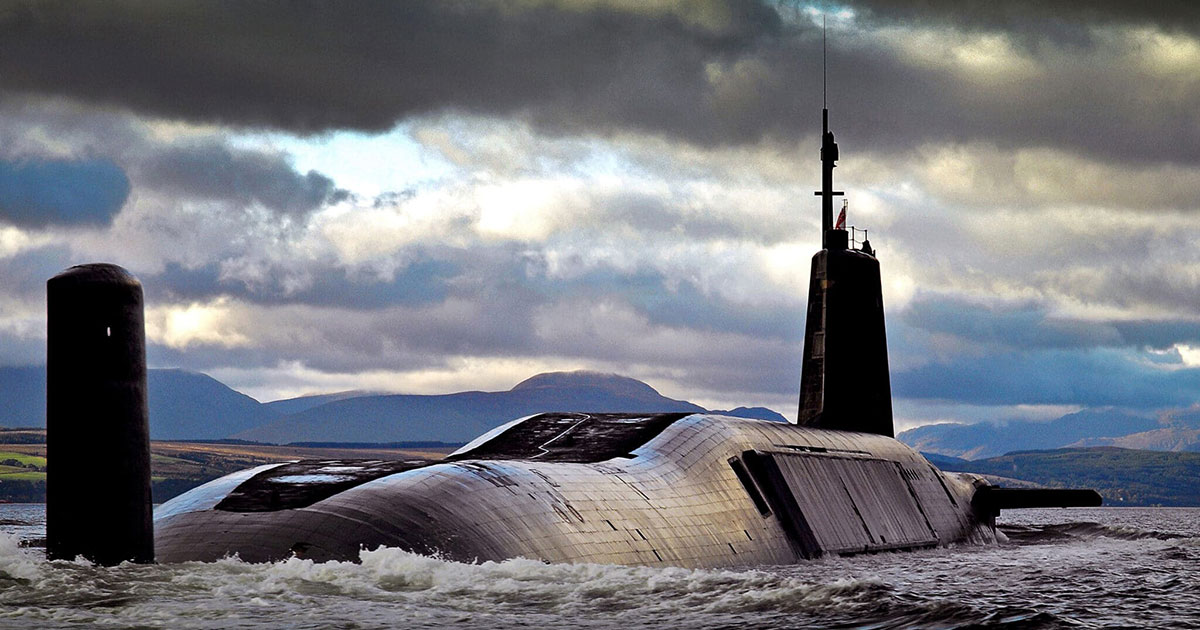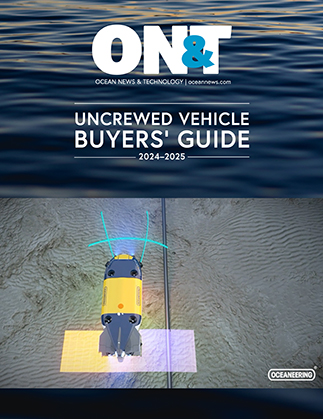The Defense Nuclear Command Paper has been published following the Prime Minister declaring a ‘national endeavor’ to secure the future of the UK’s thriving defense nuclear industry and backed by more than £200 million of Government funding, investing in the future of the UK’s home of submarine building, Barrow-in-Furness.
The Prime Minister’s announcement also included investments in nuclear skills, which will help create more than 5,000 new apprenticeships in the next four years as part of a new nuclear skills plan, and quadruple Ph.D.s in the nuclear sector. It is backed by a total of at least £763 million investment through a partnership between the Government and industry, including BAE Systems, Rolls-Royce, EDF, and Babcock. The benefit of this investment will be felt from the Naval Base on the Clyde to the nuclear laboratories of AWE in Aldermaston.
It will also drive private investment and create thousands of job opportunities to help keep the nation safe, from specialist scientists and engineers to welders and electricians, to project managers and Royal Navy submariners.
The publication of the Command Paper sets out the full spectrum of major programs and relationships with industry and international partners and comes as the Defense Secretary says that maintaining the UK’s nuclear deterrent is as important now as it has ever been, in an increasingly contested and volatile world.
Defense Secretary Grant Shapps said: “The threats facing the UK and our allies are increasing in scale, complexity and diversity, which is why our nuclear deterrent is as important now as it has ever been.
“This Government has always been unequivocal in its support to the UK’s nuclear deterrence, which is foundational to our national security, but also brings huge employment and skills opportunities being realized right now across the country.”
At the last spending review, in 2021, the Ministry of Defense received a £24 billion cash increase—the largest sustained increase since the end of the cold war. Since then, the department has invested an extra £5 billion in increasing stockpiles and improving the sustainability of our defense nuclear enterprise. This Defense Nuclear Command Paper will be the first step in a long-term approach, reaffirming the Government’s unwavering commitment to the nuclear deterrent.
The Defense Nuclear Command Paper sets out how the Government will continue to:
- Sustain the UK’s nuclear deterrent for as long as it is required—maintaining the current in-service Vanguard fleet and sovereign warhead, while progressing with the new Dreadnought Class submarines, bringing them into service in the early 2030s, as well as developing a new replacement sovereign warhead.
- Sustain the UK’s fleet of nuclear powered, conventionally armed, submarines—complete the build of the Astute class and design the next generation SSN-AUKUS fleet. This involves deep collaboration with our US and Australian partners under the ground-breaking AUKUS trilateral partnership.
- Recruit the skills of the future—with a clear plan to expand the nuclear workforce to meet our ambitions in this growing sector and develop targeted interventions to ensure we have the specialist skills required now and in future through a new nuclear skills plan.
- Renew and upgrade key infrastructure and Naval Bases—with an additional £3 billion invested across the Defense Nuclear Enterprise to 2024/25, supporting areas such as the construction of industrial infrastructure at Barrow, Derby and at the Atomic Weapons Establishment, as well as at His Majesty’s Naval Bases.
- Remain fully committed to fulfilling our international obligations—there is no change to our commitment to the long-term goal of a world without nuclear weapons, and our non-proliferation and Treaty obligations.
The Prime Minister has also announced a “Plan for Barrow” as a further part of this national endeavor, a new partnership between national and local government, BAE Systems and the local community, that will oversee investment and development in Barrow-in-Furness, the home of submarine building in the UK.
This is backed by a Barrow Transformation Fund, with the Government committing an immediate £20 million and a further minimum of £20 million a year over the next 10 years to make the area an even more attractive place to live, work, and build a nuclear career.
The UK is investing to deliver the new Dreadnought Class ballistic nuclear submarines to take over from the current Vanguard Class in the early 2030s and is developing a replacement UK sovereign warhead.
Last week, Defense Secretary Grant Shapps visited Australia for discussions surrounding the ongoing AUKUS partnership, which provides international collaboration on defense nuclear projects. It was recently announced that Australia is also investing in Rolls-Royce, Derby, where the nuclear propulsion plants will be manufactured. The AUKUS program, first announced in 2021, will support more than 21,000 jobs in the UK at its peak—concentrated in Barrow-in-Furness and Derby.
The UK’s submarine program already supports prosperity right across the UK with an estimated 42,000 jobs and a supply chain of 3,000 businesses.
Our independent nuclear deterrent has existed for more than 60 years to deter the most extreme threats to our national security and way of life. It will remain essential for as long as the global security situation demands.

